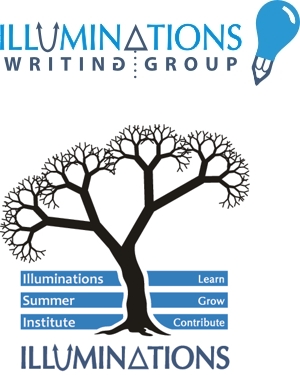 The common core for K-12 Mathematics were released in June 2010. Michigan has adopted the Common Core. But where does that leave us? District or school teams of teachers, instructional leaders, and administrators should attend this one-day workshop to begin to answer these important questions
The common core for K-12 Mathematics were released in June 2010. Michigan has adopted the Common Core. But where does that leave us? District or school teams of teachers, instructional leaders, and administrators should attend this one-day workshop to begin to answer these important questions- How does the Common Core compare the Michigan´s GLCE and HSCE for math?
- When will we be expected to fully implement the Common Core?
- What resources will we need to implement the Common Core?
- How will the Common Core affect assessments like the MEAP and MME?
- What will we have to change? What will stay the same?
November 12, 2010
8am-3pm
Three Rivers Administration Building
851 Sixth Avenue Three Rivers, Michigan 49093
$30 registration fee per person
Register now
Note: If you can't make it this day, another session is being offered at Kalamazoo RESA on March 22, 2011 and registration is currently open.












